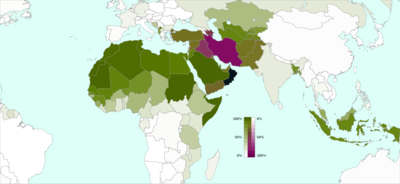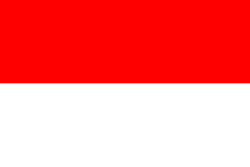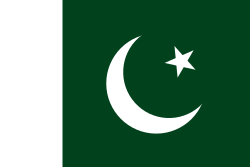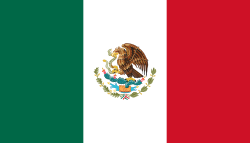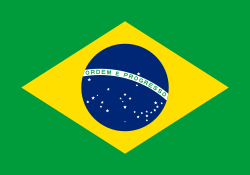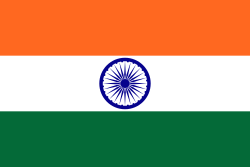Clash of Civilizations map
- The most significant dividing line in Europe, as William Wallace has suggested, may well be the eastern boundary of Western Christianity in the year 1500. This line runs along what are now the boundaries between Finland and Russia and between the Baltic states and Russia, cuts through Belarus and Ukraine separating the more Catholic western Ukraine from Orthodox eastern Ukraine, swings westward separating Transylvania from the rest of Romania, and then goes through Yugoslavia almost exactly along the line now separating Croatia and Slovenia from the rest of Yugoslavia. In the Balkans this line, of course, coincides with the historic boundary between the Hapsburg and Ottoman empires. The peoples to the north and west of this line are Protestant or Catholic; they shared the common experiences of European history—feudalism, the Renaissance, the Reformation, the Enlightenment, the French Revolution, the Industrial Revolution; they are generally economically better off than the peoples to the east; and they may now look forward to increasing involvement in a common European economy and to the consolidation of democratic political systems. The peoples to the east and south of this line are Orthodox or Muslim; they historically belonged to the Ottoman or Tsarist empires and were only lightly touched by the shaping events in the rest of Europe; they are generally less advanced economically; they seem much less likely to develop stable democratic political systems. FOREIGN AFFAIRS Vol. 72 No. 3 (1993), p.30
The informational source of the map is the original map of the book. (p. 26) scan of original map.
This image by en:User:Kyle Cronan, based on previous (GFDL) version of image, from en.wikipedia; description page is/was here. Transfer was stated to be made by User:Multichill.
Relevantní obrázky
Relevantní články
Ústřední stát (Střet civilizací)Ústřední stát je termín obsažený v teorii Střetu civilizací Samuela Huntingtona. Ústřední stát je země se silným ekonomickým a vojenským potenciálem, která má v rámci své kultury velkou autoritu. Tato autorita pak umožňuje určitému státu vystupovat jako ochránce ostatních států stejné kultury či jako arbitr při mezinárodních sporech a mnohem snáze prosazuje svoje zájmy než ostatní státy[zdroj?]. .. pokračovat ve čtení
Západní světZápadní svět, západní civilizace nebo Západ je souhrnné označení pro mnohé státy Evropy, Ameriky a Oceánie, které pojí podobné kulturní, hodnotové a společenské rysy jako svoboda, lidská práva, vláda práva, rovnost, individualismus, tolerance a liberální demokracie. Z historického hlediska byl vývoj západní civilizace silně ovlivněn antikou, křesťanstvím, judaismem a západní filozofií. V pozdější době pak renesancí, osvícenstvím, průmyslovou a vědeckou revolucí. Skrze imperialismus, kolonialismus a christianizaci v průběhu 15. až 20. století a pozdější export popkultury ovlivnila západní civilizace velmi výrazně celý zbytek světa a hrála rozhodující roli v jeho globalizaci. Samotný pojem Západ, včetně jeho rozsahu a významu, se v průběhu dějin a v závislosti na kontextu měnil a zůstává předmětem debat. .. pokračovat ve čtení



